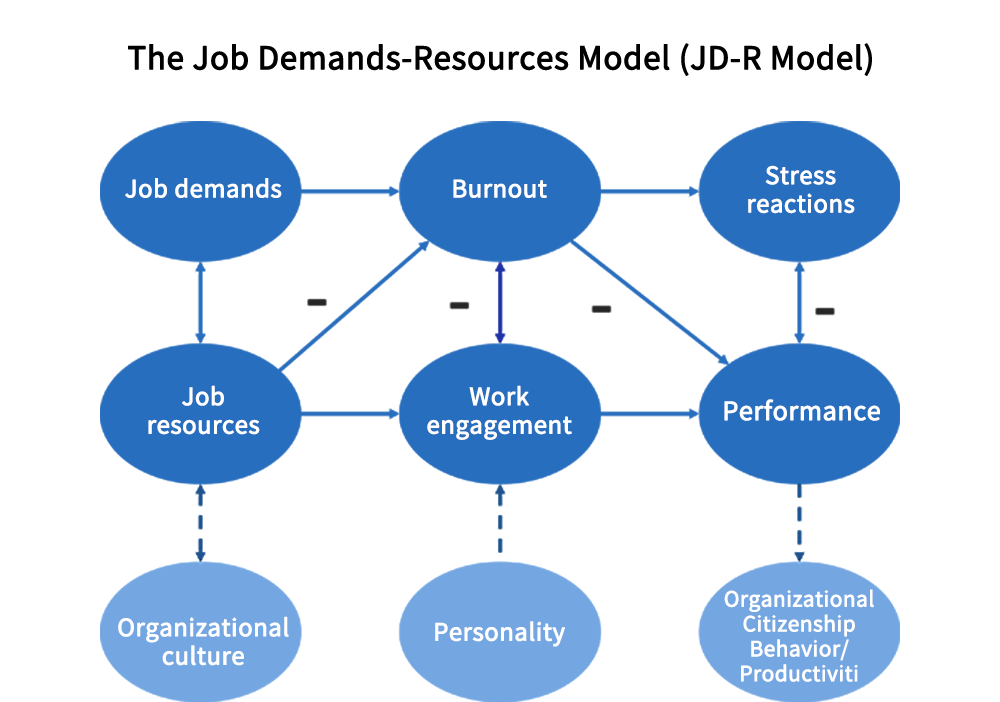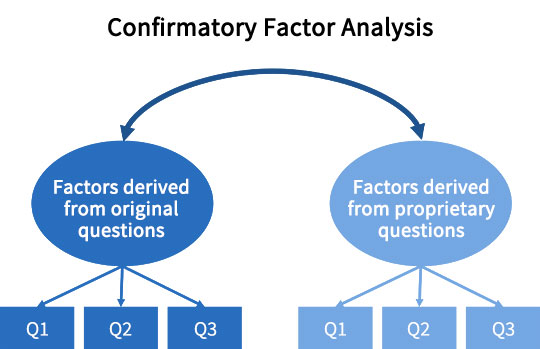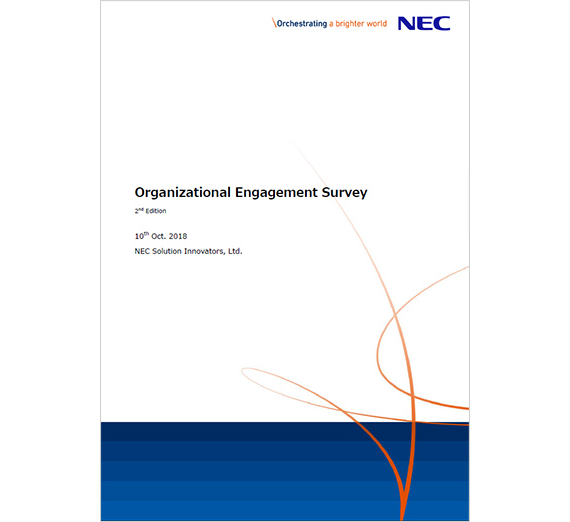Expanding on a conceptual model backed by previous research
Work engagement research was initially viewed as the positive antithesis of burnout. The Job Demands-Resources Model (JD-R Model) was proposed as a mechanism to examine the relationship between burnout and work engagement and their associated factors and effects. The validity of the JD-R model has been confirmed in many countries around the world, including the Netherlands and Spain.According to the JD-R model, (1) people with high work engagement are less likely to experience burnout (the opposite of engagement), (2) work engagement has a positive impact on work performance, (3) job resources (learning opportunities and expectations of support from superiors and colleagues) increase work engagement, and (4) job demands (workload and lack of time) are not directly related to work engagement.
Among research conducted around the world, however, only a few have studied organizational culture, employee personalities (personal attributes), and worker productivity as factors that can impact work engagement and workplace environment. In view of this fact, we constructed our own model focused on “engagement” by removing the elements of burnout and stress reaction from the JD-R model, and adding instead the elements of organizational culture, personality, organizational citizenship behavior (discretionary effort put forth to help the organization and colleagues to reach objectives), and productivity.






